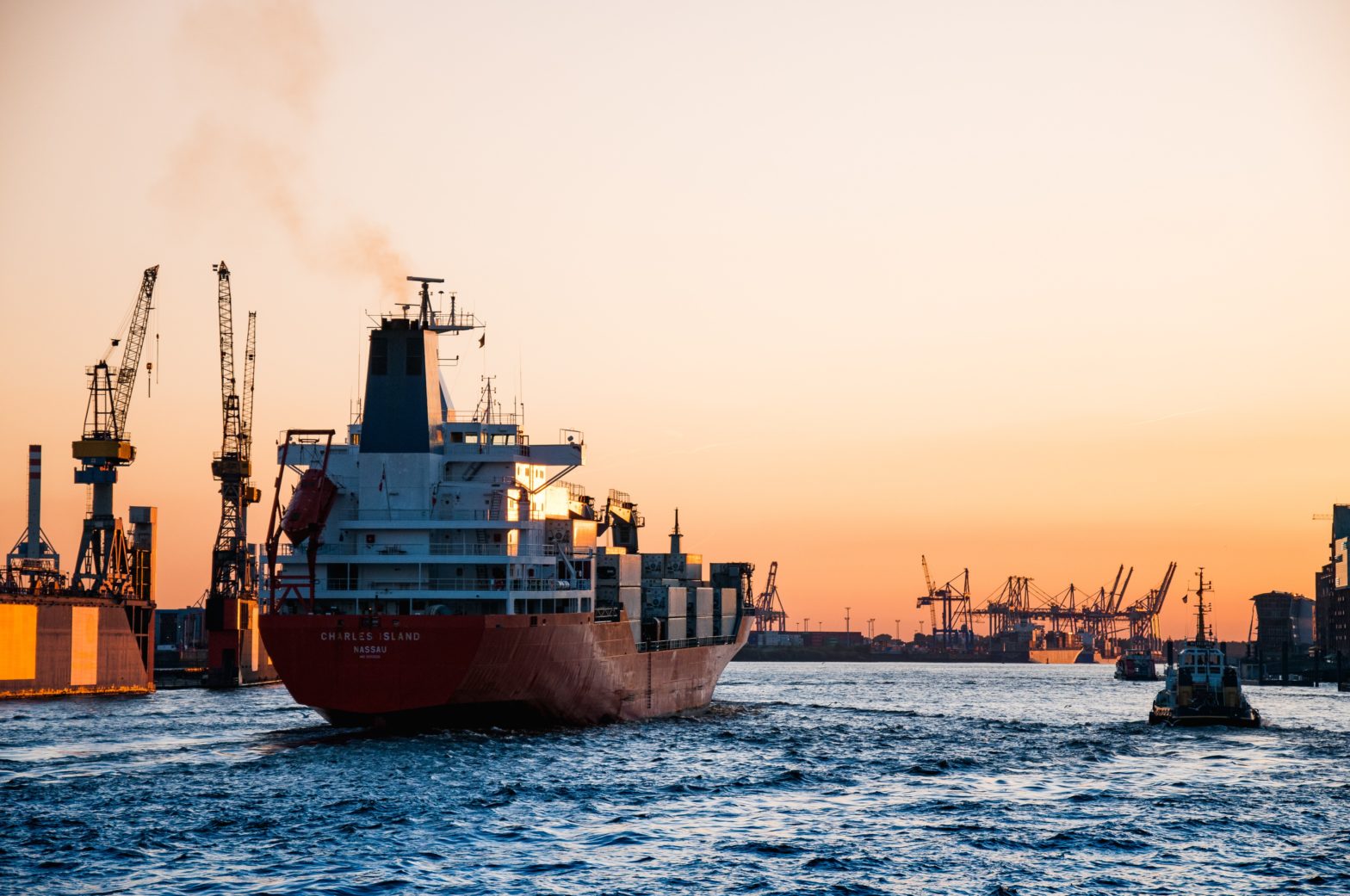As we all know, China is one of the top traders in the world. But how does it relate to China’s maritime power building? While the commercial dimension of seapower is as important as the military dimension, China’s naval rise appears to always been the major focus. As a maritime security scholar, I had a conversation with my colleague last week. She asked, to what extent commercial overseas ports are important to naval power? Therefore, I want to introduce three readings this week that spark the discussion of this topic.
Analysis: How Is China Influencing Global Maritime Connectivity?
Maritime connectivity is essential to maritime power. In seapower theory, strategists value the ability of controlling the strategic sea lanes, or sea lines of communication. Mahan suggested three ‘pillars’ of global seapower: overseas commerce, naval and merchant fleets and naval bases. Therefore, control of strategic ports are as important as naval development.
The analytical report published in 2021 by the China Power Project raises awareness of China’s growing influence in maritime trade through oversea ports. ‘From 2012 to 2019, the Chinese government devoted an estimated RMB 1 trillion (around $153 billion) to constructing new port facilities and upgrading existing port infrastructure’.
This does not limit to government’s investment. As part of the Maritime Silk Road Initiative, Chinese state-owned enterprises have also launched numerous port construction project. Though arguably, these investments start before the Initiative. From 2010 to 2019, Chinese companies signed ‘more than 80 port projects … including foreign direct investments, acquisitions, leasing, and construction contracts’.
As light reading, this analysis provides a good overview of China’s oversea ports ambition.
Article: Pier Competitor: China’s Power Position in Global Ports
This is an article published by Issac Kardon and Wendy Leutert in 2022 in International Security. The authors create a dataset of Chinese firms’ overseas ports investment. Then, they examine to what extent the port network contribute to China’s sea power during peacetime. They suggest that, ‘International port terminals that Chinese firms own and operate already provide dual-use capabilities to the People’s Liberation Army during peacetime, establishing logistics and intelligence networks that materially enable China to project power into critical regions worldwide’. However, this form of networked state power would be limited during wartime. It depends on commercial facilities in non-allied states.
However, as the correspondence by David Logan and Robert Watts suggest, the article does not have sufficient knowledge to understand the differences between commercial and military ports, mostly likely because of the authors’ research background. Ultimately, ‘access to foreign ports depends on host-nation permission (which is uncertain), and China has not demonstrated that these ports provide robust fleet support’.
Still, this is a timely analysis that examine China’s port investment, which cause much of the debate on China’s overseas expansion. It attempts to bridge the gap of the understanding between China’s maritime commerce and maritime security in the context of maritime power. Researchers between political economy and security studies may need to speak together more occasionally.
Report: China’s global basing ambitions
In 2017, the People’s Liberation Army Navy established its first overseas military base in Djibouti. Since then, analysts are concerned of the location that China will set up the second one. The recent publication by RAND Corporation raises two interesting research questions: first, where is China most likely to pursue its overseas bases? Second, when will China will have sufficient overseas projection?
The report suggests that there are mixed factors to shape China’s pursuit of overseas locations. In terms of desirability, we need to understand China’s interests in foreign and economic policy. They can be determined by factors such as geopolitics in the desired locations, China’s overseas capability, and level of investment. Then, Beijing also considers the feasibility of the location. For example, whether the host country is an authoritarian regime, government’s engagement with China, as well people’s perception towards Chinese people. Considering all the factors, the authors suggest that China’s next overseas base is likely to locate in Cambodia, Bangladesh, Myanmar or Pakistan.
Regarding the ‘when’ question, the report uses historical cases to examine risks and challenges that China would face when establishing its own network for overseas ports. It concludes, ‘China’s experience with overseas bases is too nascent to provide many indications of whether it will limit its own potential leverage to make its bases more of a partnership with the host nation’. However, China tends to pursue diplomatic and economic coercion to punish countries when tension rise in bilateral relations. This may increase obstacles for China’s overseas expansion.
Overall, this report has provided a scientific analysis of China’s global basing options. It is worth for a read if you are concerned about China’s maritime rise.

